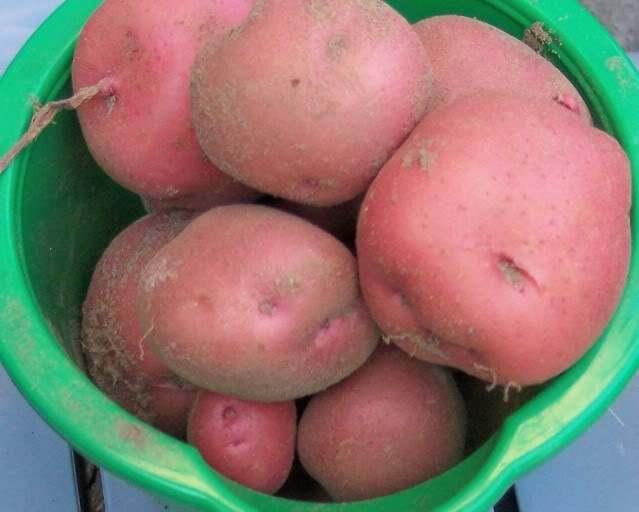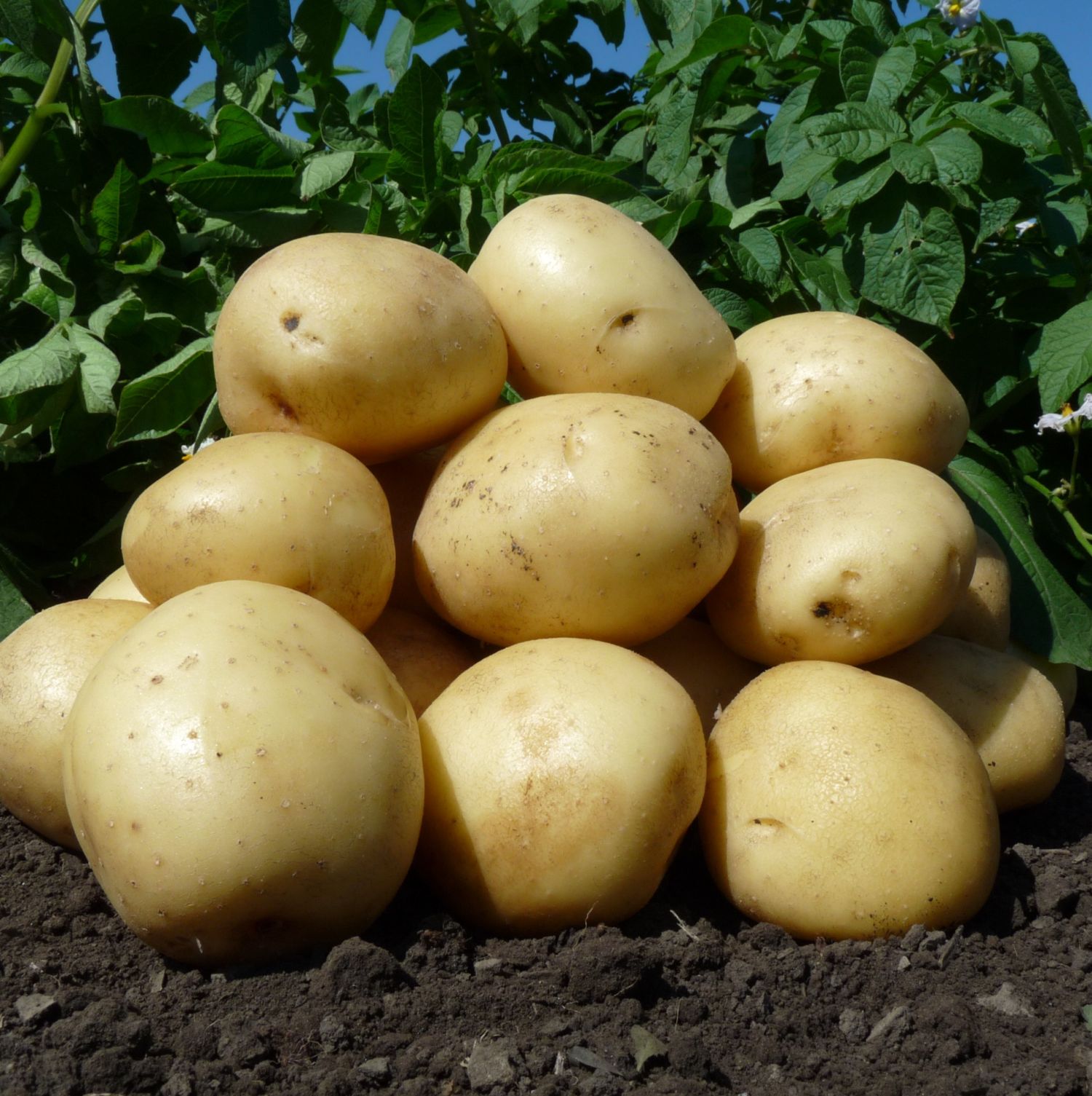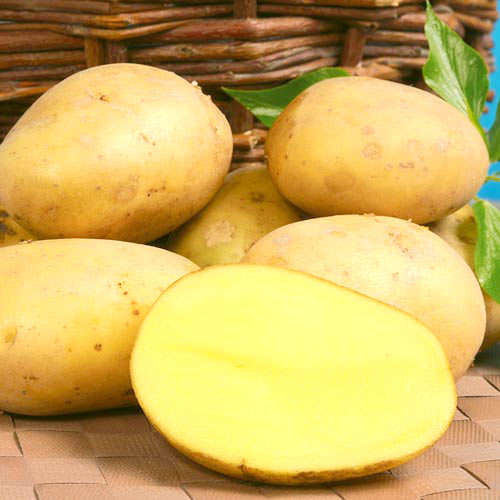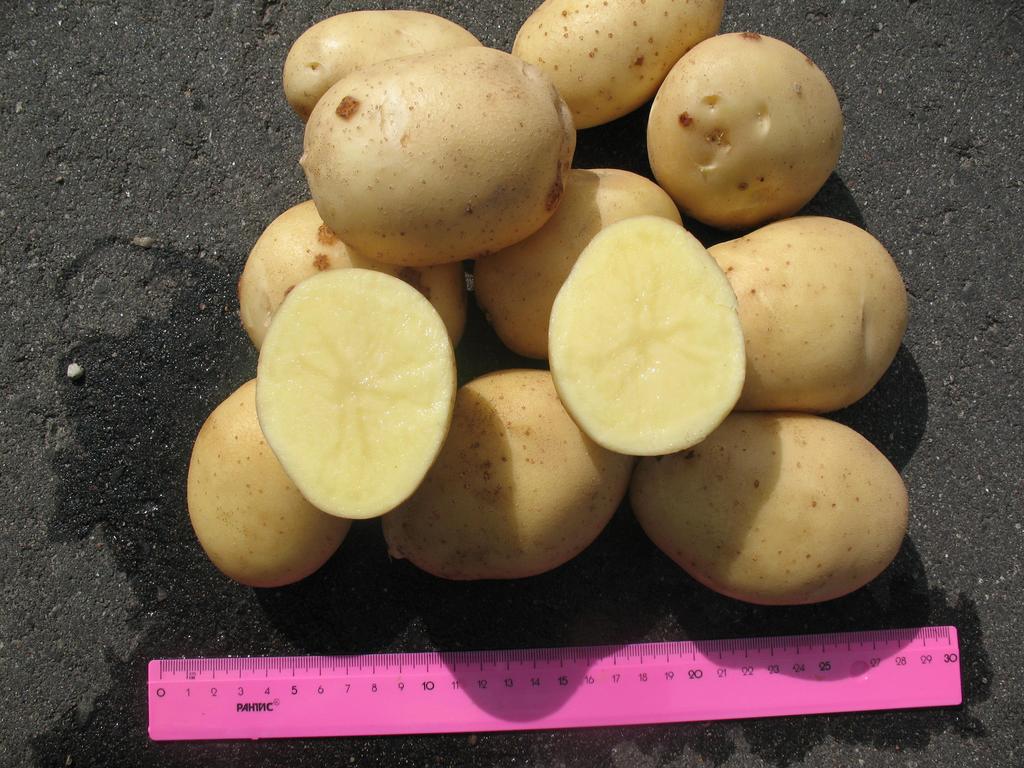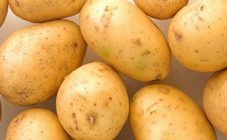Content:
The Arosa potato is one of the popular varieties among gardeners, although it was bred quite recently, it managed to find numerous admirers in the face of Russian farmers. The youth of the variety and popularity is an extremely rare phenomenon, because farmers, especially those with rich experience, are wary and distrustful of everything new and little-known in wide circles. It is easy to understand them, agriculture, in addition to being hard work, is associated with constant risks of loss of yield if the cultivated variety turns out to be far from the declared characteristics, and this is a large financial loss. In the case of Arosa, if anyone had doubts, they were dispelled after the first harvest, and the variety took root almost instantly and fell in love with everyone who dealt with it. This is a testament to its excellent qualities and recognition as a crop more than suitable for growing in difficult climatic conditions.
History of creation
For all the characteristics inherent in this variety, it seemed to be specially created for the Russian expanses, which are not distinguished by either fertile soils or weather constancy. He perfectly blended into these realities and occupied an empty niche for a long time, after the degeneration of potato varieties familiar to many generations.
German breeders bred Arosa less than a decade ago, in 2009, and the patent belongs to the agricultural company Uniplanta Saatzucht KG. The new variety was so successful that in the next year, 2010, it was officially included in the Russian State Register, as the most suitable for cultivation in the Volga, Caucasian, Siberian and Ural regions of the Russian Federation. Since that time, Arosa varietal potatoes are regularly and in huge quantities imported into the country for cultivation on an industrial scale. It became widespread in other European countries, both Western and Eastern.
Characteristics and features
Most of its characteristics are ideal for growing in the main territory of Russia, including regions with extremely poor soil, such as the North Caucasus Federal District, for example. It also bears fruit well in places with difficult and unstable weather conditions, such as Western Siberia and the Altai Territory, where Arosa has acclimatized and gives bountiful harvests. Knowing firsthand what difficult conditions we are talking about, you can get a clear idea of the wonderful qualities of this potato. All its features are expressed in the following:
- Potatoes are large and medium-sized, small ones are extremely rare or completely absent in the tubers, each weighing from 70 to 135 grams. Their shape is "square", sometimes irregular, with a smooth skin without scaly and roughness, bright pink in color, speckled with sparse eyes, almost without depressions. Despite the fact that the flesh is yellow, potatoes contain a fairly high concentration of starch, amounting to 12 to 15% of the total mass, and a number of other nutrients;
- Arosa belongs to the most frost-resistant crops, capable of withstanding almost any spring frost on the ground, at least until it freezes by 2-3 cm, in which case it can be damaged. When frosts are observed after the shoots appear, they will not suffer in any way if the first leaves that appear are piled up, covering them with a layer of soil, 3 cm thick.You will not need to dig them out later, after a few days, as the weather improves, they will appear again, juicy and healthy;
- A notable feature is the drought tolerance of a culture that can do without a drop of moisture all season, however, in an arid climate with a desert character of the terrain, it gives smaller yields. This is a rare feature applicable to the potato crop in general, in dire need of water and entirely dependent on it. If irrigation is carried out on time, during the flowering period, when tubers are formed, it will be an actual measure, one plentiful watering can satisfy the seasonal needs of potatoes in water;
- Belonging to the early varieties and its early maturity, no less makes Arosa a desirable crop on the private plots and large farms of Russian gardeners and farmers. The growing season is much shorter compared to domestic counterparts, its duration is from 60 to 70 days, young potatoes ripen 45-55 days after the first shoots. Thus, by the middle of summer, the favorite dish of many is guaranteed to ripen to the table;
- High yield is another valuable characteristic feature of this variety, characterized by a large mass of tubers containing from 12 to 17 potatoes of similar size, with a total weight exceeding 1 kg, on average from 1.2 to 1.6 kg. When growing potatoes on an industrial scale, at least 500 centners are harvested from 1 hectare, and with proper care, which implies periodic feeding (for which Arosa has a special weakness), the yield increases by at least 40%, up to 700 centners per hectare;
- A distinctive feature is considered to be relatively high resistance to diseases inherent in the culture, including viral diseases that pose a particular danger to potatoes, such as Alternaria, Verticilliasis and Fusarium. Very rarely prone to damage by potato cancer, wrinkled and striped mosaics and nematodes, late blight is more often observed. Poorly tolerates the influence exerted by rhizoctonia, with the spread of silver scab, the situation is much worse;
- This is unlikely to be of primary importance, but the Arosa bushes, among other things, are also distinguished by their aesthetic appeal. They look like artificially formed by a caring gardener - compact, with many powerful erect stems, with a few, but dense branches in the upper part, similar to miniature baobabs. Leaves are small and thick, fleecy, dark green in color with sparse, light streaks, smooth edges, practically without waviness, rounded;
- The culture is also beautiful during the flowering period, depending on the region of growth and the accompanying weather conditions, which falls on the end of June - beginning of July. Arosa blooms 5 weeks after the appearance of the first shoots, throwing out a dense, compact corolla, with many large burgundy-red, purple or purple inflorescences in color. The duration of flowering is from 10 to 12 days, in damp weather with an abundance of moisture, it can stretch up to 15, replaced by a large number of large, light green berries, which do not crumble until harvesting.
Agrotechnics
For the table variety Arosa potatoes, the characteristics of which are resistance to low temperatures, lack of moisture and adaptation to virtually any soil composition, no special conditions need to be created. A remarkable feature of the culture is its undemandingness in everything related to cultivation, from planting to harvesting, it needs only minimal care. On the other hand, by implementing agrotechnical measures applicable to all other varieties, it becomes possible to significantly increase the yield, as well as the quality of the potatoes themselves. Such procedures are as follows:
- The first step is to choose the seed for planting. Since Arosa has become widespread in less than a decade, this is not difficult to do. You can buy it on the market - the variety that quickly gained popularity is being sold everywhere, but it is better to give preference to the offers of specialized outlets that have a license. In such places, deception on the part of the seller is completely excluded, but when buying, you should be vigilant so that the roots are intact and look healthy;
- Before planting, potatoes must certainly germinate - this way it forms a root system faster, sprouts and will be more resistant to temperature fluctuations. Germination is a simple process, it consists only in placing the seed in a sufficiently warm, illuminated and well-ventilated place, preferably without drafts. It is important in this only to meet the deadlines - germination begins 20-25 days before the planned planting, earlier it is impossible - the potato will grow strongly, and its sprouts are rather fragile, break off at the slightest touch;
- Immediately before planting, you need to select and prepare a site, it is even better to take care of this in advance. The requirements for such a place are small: good lighting, where the sun's rays penetrate most of the day, flat relief, away from aquifers. The composition of the soil does not matter much, the main thing is that clay does not predominate in its composition, if desired, it is additionally fertilized; if these are mineral substances, this is done in the fall, in the spring they bring in the products of wood combustion - ash, ash or peat;
- Despite the resistance of varietal potatoes to cold weather, planting should start after the soil warms up, at least to + 9-100, pay attention to its moisture content, it is unlikely that it can be dry in the spring, but if the moisture is insufficient, watering will be required. The site chosen for planting must be prepared by harrowing or digging to a depth of 25 cm, large clods of earth are broken, and all weeds are uprooted. Such procedures saturate the soil with oxygen, which contributes to the early rooting and adaptation of the culture;
- The usual time for planting is mid-second half of May, this is the most favorable period, if, of course, weather conditions permit. Immediately before planting potatoes in the ground, it is necessary to process them with special means that have the ability to accelerate growth and increase productivity (Agate 25-K, Through). To protect the culture from all sorts of disease-causing processes during growth, drugs like Alirin and Fitosporin are used. These are preventive measures, and not requirements, to carry them out or not, each gardener decides for himself;
- When planting, holes and grooves are made with a depth of 8-10 cm, which are considered optimal for protection in case of late frosts, the formation of a root system and fast germination. The interval between them should be observed within 35-40 cm, a free space of 65-75 cm wide is left between the rows. An important detail is the arrangement of the rows, they should stretch in the direction from north to south, which guarantees each individual bush maximum illumination and warming up;
- Crop care implies its periodic weeding, hilling, irrigation and feeding. The first two procedures are carried out in parallel, if the site is not too overgrown with weeds, their removal is necessary - the weed pulls nutrients from the soil. Hilling is aimed at saturating the soil with oxygen, it is carried out 3 times per season: after the shoots reach a height of 10-12 cm, at the time of bud formation and flowering, it promotes the formation of tubers and protects them from ultraviolet radiation. Watering and feeding are carried out during the described period;
- Care will also be required in the event of diseases on the plants, their worst enemy is silvery scab, for recovery you need to spend 2-3 spraying the bushes, such as Quadris, and after harvesting, additionally process the tubers with Maxim. The main pests that have chosen Arosa are the bear and the ubiquitous Colorado potato beetle, not whimsical in choosing a variety. To combat it, the old grandfather's method is used - collection and subsequent burning or processing with means like Biskol and Kinmix, but you should not use them every season - the Colorado potato beetle develops immunity to poisons. With the bear, the situation is more complicated, it lives underground and damages tubers, only preventive treatment before planting is effective.
Pros and cons of the Arosa variety
Like any crop, Arosa potatoes have their advantages and disadvantages, but the former are incomparably greater. The description of the pros is as follows:
- a level of frost resistance that is inaccessible for most varieties;
- early maturity of the variety and rapid ripening, long before the cold weather;
- high yields, increasing with the right approach;
- excellent taste of potatoes (taste score 4.6 out of 5 possible);
- good tolerance to dry and extreme weather;
- resistance to many diseases and viruses;
- long shelf life, the preservation rate is 95%;
- resistant to mechanical damage, which is important in transportation;
- practically until harvesting a new crop it retains its presentation.
The only drawback is that Arosa is susceptible to diseases common among potatoes, without pretreatment damaging the plant in 50% of cases.
Arosa belongs to the best varieties, it is not ideal, it also has disadvantages, but against the background of numerous advantages and features of the culture, they automatically fade into the background and remain unnoticed in most cases.
